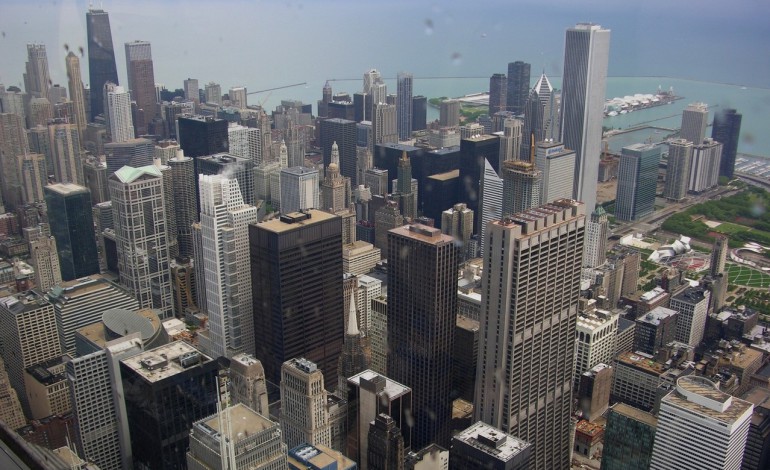With Singapore property experts fearing falls in the Singapore stock market will have an effect on the real estate sector, it could be another tough year for the domestic market.
Instead, Singaporean property investors are turning to foreign property and preliminary data from analytics company Real Capital Analytics (RCA) shows they invested a record US$26.31billion in international real estate in 2015, half as much again as spent in 2014.
Excell Chua, Business Development Director at Singapore-based real estate media group, PropertyGuru, tells OPP.Today there are three main factors contributing to Singaporeans strong interest in overseas property investments:
- One in 35 Singaporeans is a millionaire – According to a WealthInsight Report in 2015, the number of Singapore millionaires increased by 17% over the past five years. Singapore now has 154,000 HNWIs, collectively holding US$806.3 billion in net wealth. Singaporeans are savvy investors and one of their successful formulas on expanding their wealth is through property investments (locally or globally).
- Singapore property is deemed “expensive” – since land is scarce in our city-state (Singapore’s total land area is 714 square kilometres – that’s about 15% of the size of London), the average price of non-landed freehold homes is SG$ 1,500 PSF and leasehold units would average SG$ 1,000 per square foot. A one-bedroom private condominium in a central part of Singapore would cost at least SGD 1million (approximately US$ 720,000). This local investor is then faced with options of investing his US$ 720,000 in one local property, two Melbourne properties, three Malaysian properties, eight UK properties or even 10 US properties. The huge price difference between local and overseas properties is what’s tempting many local investors to take a bit of risk and invest in foreign properties.
- ‘Low’ rental yield environment – our gross rental yield from residential properties in Singapore would range from 2 to 3% while commercial properties average 5%. Residential apartments in Manchester UK and Chicago offer at least 7% rental yields. Other overseas property investment opportunities that are launched in Singapore offered at least 10% guaranteed net yields.
Even if home market cooling measures are lessened, Ms Chua doubts that Singaporean international investment will decline.
“From my view point, Singaporeans’ interest in overseas property investments will continue even if home market cooling measures are lessened because of the three factors described above that are driving the capital outflow.”
The top 10 countries, based from the number of sales enquiries made by Singaporean investors under the overseas section of PropertyGuru’s website in the last quarter of 2015 is:
- UK
- Malaysia
- Australia
- Thailand
- Cambodia
- Philippines
- Japan
- United States
- Indonesia
- Canada
“Singaporeans’ love affair in foreign real estate will continue as long as the overseas investment offer attractive capital growth, rental yields and clear exit strategies – at least the overseas investments have to be significantly better than what our local market has to offer,” Ms Chua concludes.
RCA says the record spend was boosted by big-ticket purchases by heavyweights such as GIC and Global Logistic Properties (GLP); however, mid-sized and smaller property purchases were also made by Singapore developers and family offices increasingly turning overseas in the face of a dour outlook for real estate at home, with the imposition of property cooling measures, the AsiaOneBusiness website reports.
Worldwide, Singapore ranked as the fourth-largest cross-border property investor in 2015, the same as in 2014.
US buyers came top on US$58.74billion, followed by investors from Canada (US$32.17billion), Hong Kong (US$31.44billion) and China at US$23.35billion.
The inflow of foreign capital into the Singapore property market was stable at US$3.51billion in 2015, led by Chinese investors at US$1.03billion.
